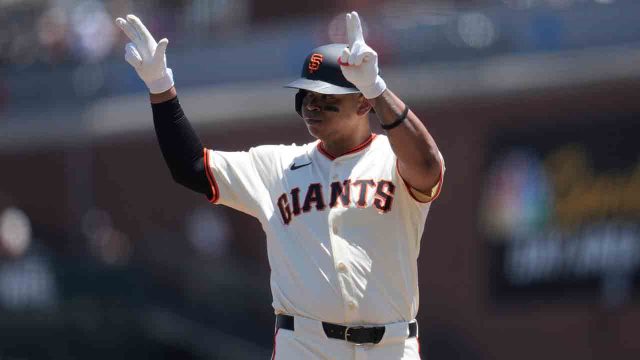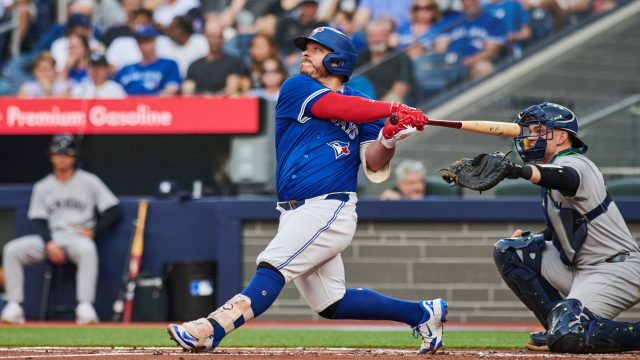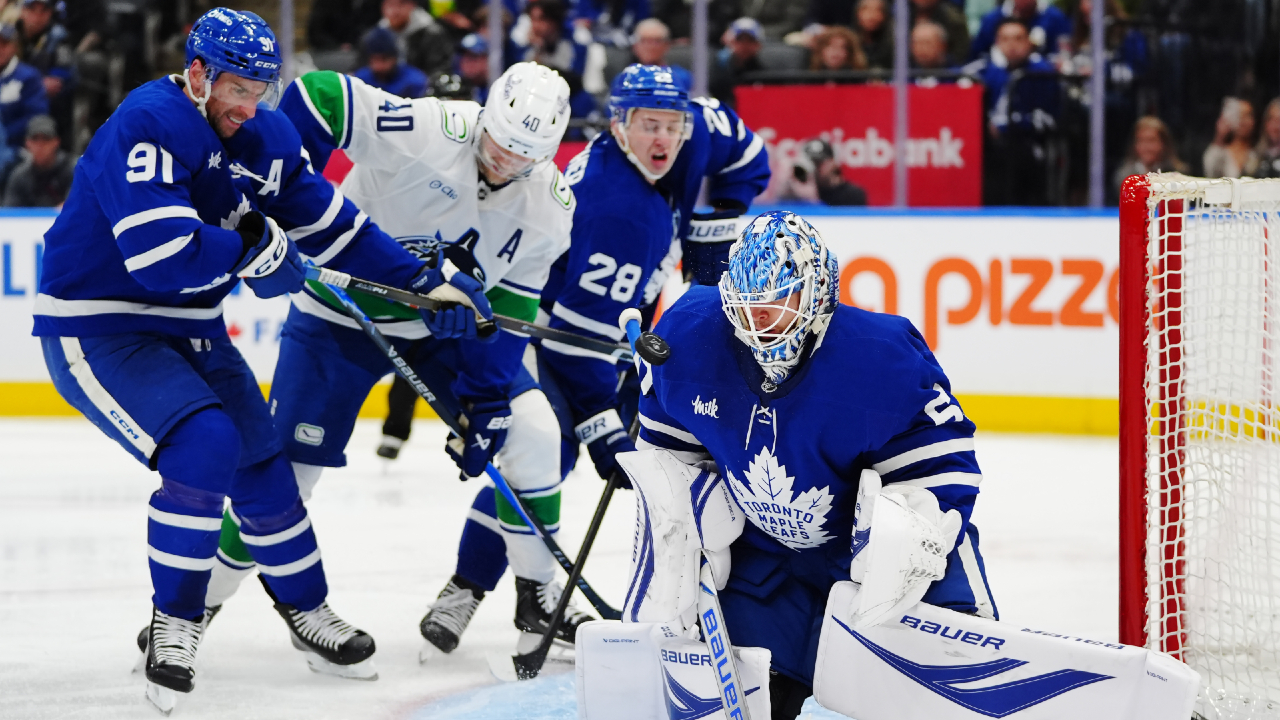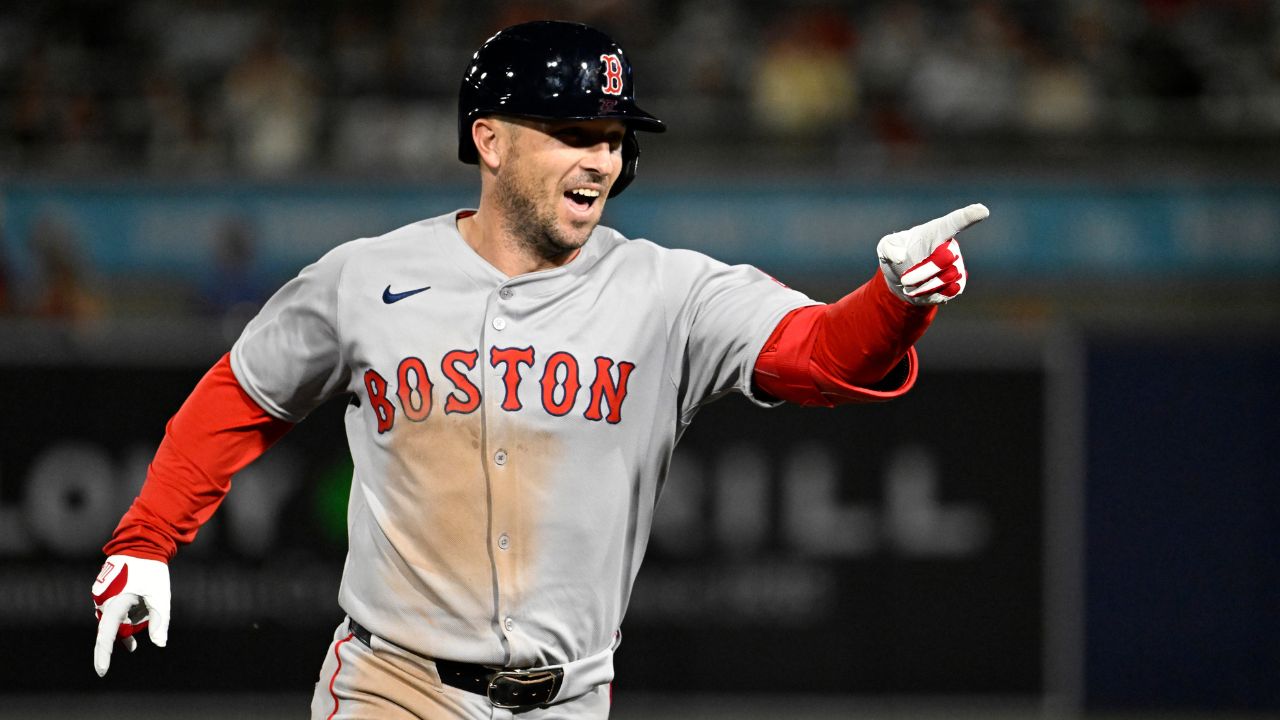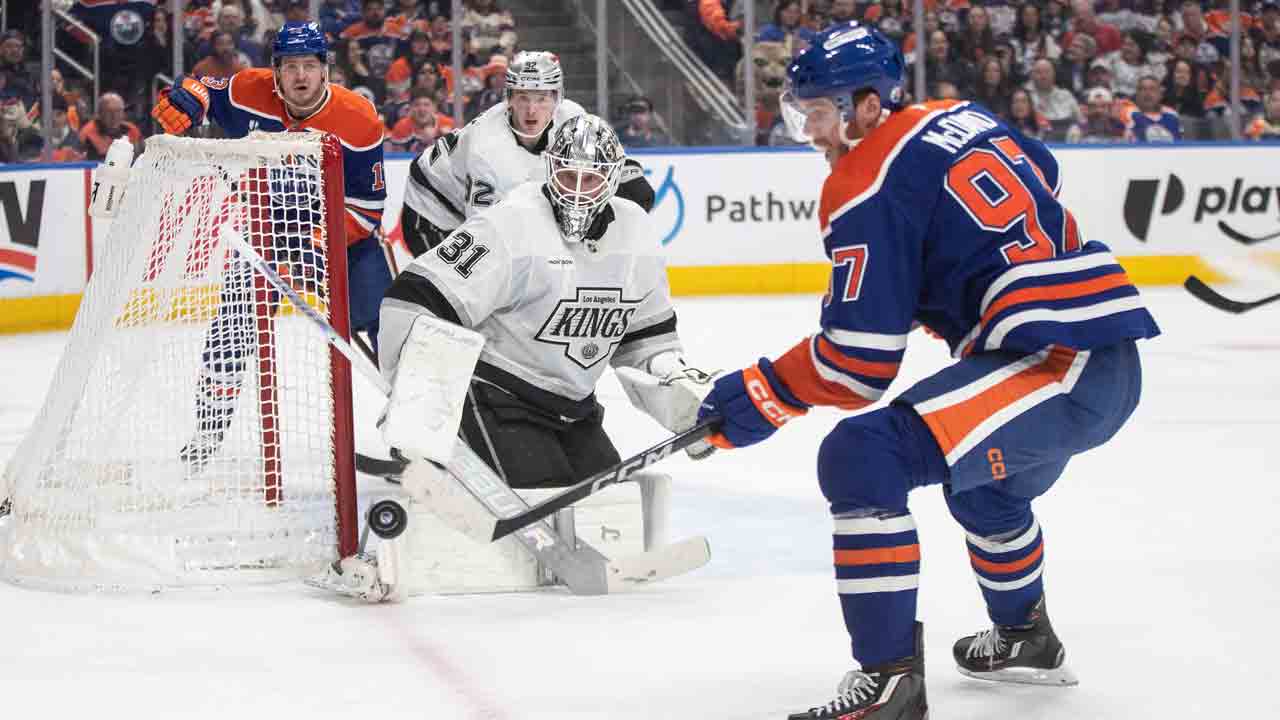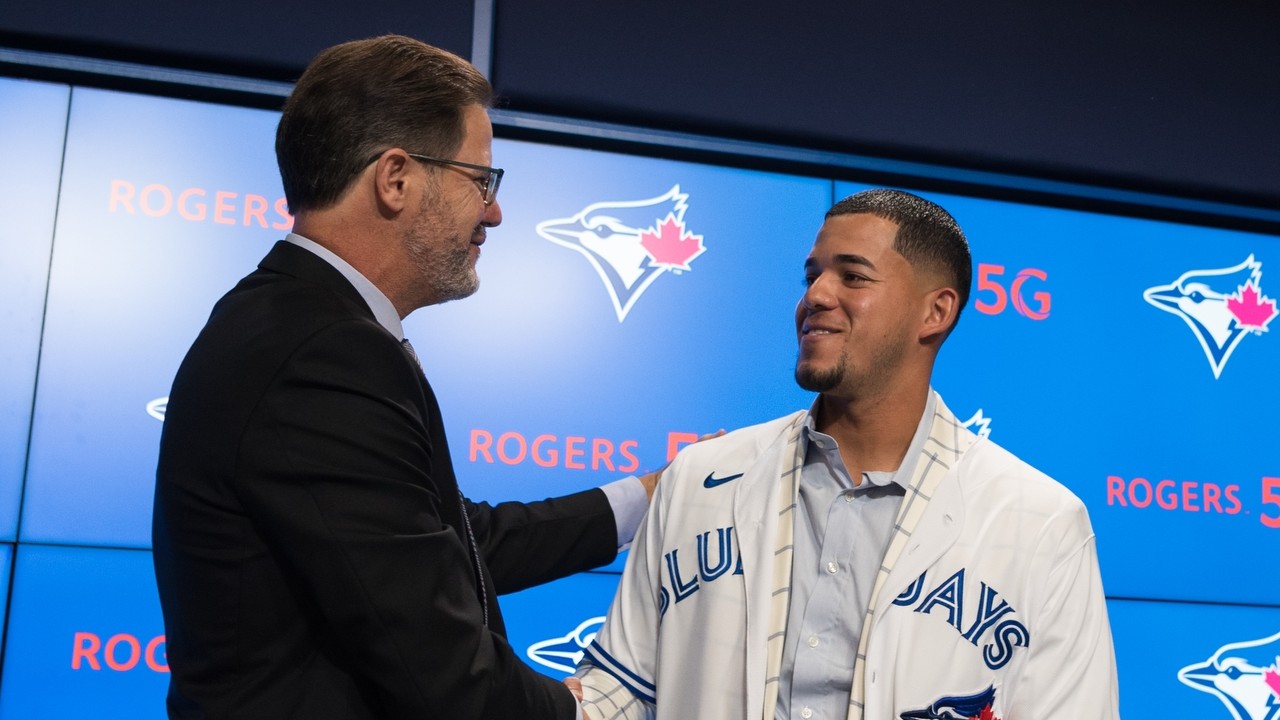
TORONTO — A complaint I’ve often heard from baseball executives sounds something like this:
I know writers have to come up with articles, but it’s sort of ridiculous for you guys to write about trade deadline winners and losers hours after the fact, when in reality these things take months or even years to play out.
Last year, for instance, the Astros were crushed publicly for giving up Jake Bloss, Joey Loperfido and Will Wagner to acquire Yusei Kikuchi. At the time, industry observers saw that deal as a huge overpay by Houston. But with Bloss out for the year with elbow surgery and Loperfido and Wagner still trying to establish themselves, the deal might favour Houston now. And, still, we’re years away from being able to say where that one lands.
Dial the clock back further, and you get the Steve Pearce-for-Santiago Espinal deal. When Pearce won World Series MVP in 2018, some hammered the Blue Jays for making the trade, yet when Espinal made an all-star team four years later, the deal looked more balanced.
So, the executives have a point — evaluating trades in the moment is fun, just not fully possible. But that doesn’t mean we shouldn’t evaluate them at all. So, how long is fair?
-
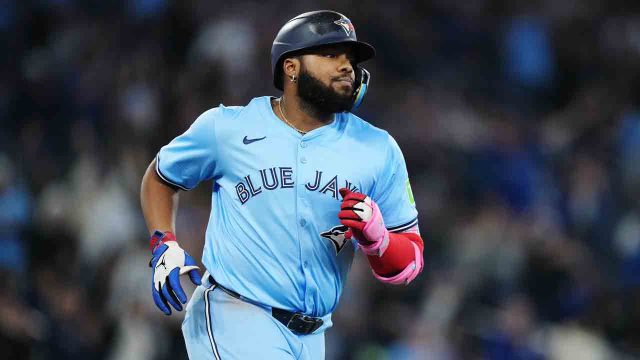
-
Blue Jays take on Giants in return from All-Star break
The Toronto Blue Jays charge into the second half of the season in first place and back home at Rogers Centre. Watch the AL East leaders open a weekend series against the San Francisco Giants Friday starting with Blue Jays Central at 6:30 p.m. ET on Sportsnet.
“Probably somewhere between three months and four years,” one executive said. “But it obviously depends on the trade.”
Well then, let’s go back in time four years, look at every trade made at the 2021 trade deadline, and declare winners and losers with complete certainty. If nothing else, this should be a fun exercise because the 2021 deadline was a wild one. So, starting with the biggest losers and working our way to the biggest winners, let’s take a closer look.
And don’t worry — anyone looking to read about the 2025 trade deadline can come back for more in 2029 …
BIGGEST LOSERS: TEAMS THAT GAVE UP FUTURE STARS
Mets
By far the biggest loser of the 2021 trade deadline was the Mets. Not only did acting GM Zack Scott give up the best young position player moved at deadline, the Mets went 21-37 from Aug. 1 onward on their way to a sub-.500 finish that cost them a ton of future value (more on what they gave up below).
Rays
The Rays wanted Nelson Cruz badly enough to give up the best young pitcher moved at the deadline. Cruz posted a solid .725 OPS, but the Rays won the division by 8.0 games anyway (more on what they gave up below). Never let anyone tell you the Rays win all their trades — they were huge losers at this particular deadline.
Cleveland
The best young catcher moved at the deadline was not Keibert Ruiz, but a less-heralded 22-year-old who ended up in Houston for Myles Straw (more on what they gave up below).
Athletics
While the Athletics didn’t pay too steep a price for Yan Gomes or Josh Harrison, they paid dearly for Starling Marte in a trade with the Marlins. Marte was actually incredible for Oakland, stealing 25 bases in two months with an .824 OPS, but Oakland gave up an elite young starter to get him and they didn’t make the playoffs. For a team that depends on young talent, this was too steep a price to pay for Marte, a pending free agent.
LOSERS: TEAMS THAT TRADED THE WRONG BIG-LEAGUERS
Pirates
To consider this deadline a success, the Pirates would have had to get more back for Adam Frazier. Frazier was hitting .324/.388/.448 at the time with a year and a half of team control remaining, and although Jack Suwinski is a big-leaguer, he has just 1.5 career WAR. Pittsburgh GM Ben Cherington didn’t get much for Tyler Anderson either. Worst of all, the Pirates traded away Clay Holmes.
Mariners
The Mariners made arguably the most controversial move of the deadline, trading away their closer to a division rival. They were hoping long-term gains would offset the short-term pain of losing Kendall Graveman to the Astros, but infielder Abraham Toro would post just a .618 OPS during his Mariners career. Meanwhile, Graveman continued pitching well for the Astros, who won the AL West while the Mariners missed the playoffs.
A few days later, they traded for high-leverage reliever Diego Castillo and starter Tyler Anderson, but GM Jerry Dipoto’s gambit didn’t really work.
LOSERS: TEAMS THAT DIDN’T MAKE THE MOST OF THE OPPORTUNITY
Phillies
The Phillies acquired Kyle Gibson and Ian Kennedy from the Rangers, but still missed the playoffs.
White Sox
The White Sox won the AL Central in 2021, but it wasn’t thanks to deadline addition Craig Kimbrel, who posted a 5.09 ERA in 23 regular-season innings before allowing two more earned runs in two playoff innings.
Padres
The Padres bought, adding Jake Marisnick, Daniel Hudson and Adam Frazier, but they still finished just 79-83. At least they didn’t give up anyone they regret too much.
Orioles, Royals, Angels, Reds, Rockies, Diamondbacks
Some of these teams made minor deals, but nothing to nudge their trajectories forward.
Nationals
GM Mike Rizzo quietly dealt Jon Lester to the Cardinals for outfielder Lane Thomas, who posted 6.4 WAR, 60 home runs and 205 RBI in four seasons with Washington before being flipped to Cleveland for a package including Jose Tena.
That’s a great return, but considering the Nationals also traded away Max Scherzer, Trea Turner, Kyle Schwarber, Yan Gomes and Josh Harrison, they didn’t come away with enough. The following year’s Juan Soto deal yielded an incredible haul, but this time the return was lacklustre.
-
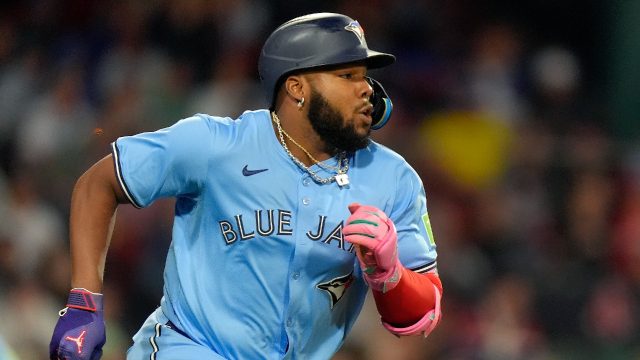
-
MLB on Sportsnet
Watch the Toronto Blue Jays, Blue Jays Central pre-game, marquee MLB matchups, Jays in 30, original documentaries, the wild card, divisional series, championship series and entire World Series on Sportsnet and Sportsnet+.
SOME GOOD, SOME BAD
Cardinals
Giving away Thomas for Lester would prove to be an expensive price for the Cardinals, but Lester pitched well (4.36 ERA in 12 starts), as did another veteran lefty they acquired, J.A. Happ (4.00 ERA in 11 starts). Those deals helped them reach the playoffs as a wild-card team, counterbalancing the loss of Thomas.
Yankees
This was a busy deadline for GM Brian Cashman, and it wasn’t all good. Giving up Josh Smith and Ezequiel Duran for Joey Gallo proved to be a huge mistake and Cashman’s Andrew Heaney trade didn’t work either, as the left-hander posted a 7.32 ERA that year.
But Cashman balanced that out by acquiring two players who’d help the Yankees for years to come. Anthony Rizzo came over from the Cubs for Kevin Alcántara, still a top prospect, and right-hander Alexander Vizcaíno. And Cashman’s best move allowed the Yankees to acquire Clay Holmes for infielders Diego Castillo and Hoy Park, helping New York reach the playoffs.
Brewers
Although the Brewers did make the playoffs, they paid too steep a price for Daniel Norris, who posted a 6.64 ERA with Milwaukee down the stretch (more on what they gave up below).
Offsetting that move to an extent, then-Brewers GM David Stearns added Eduardo Escobar from the Diamondbacks on the way to an NL Central title.
Blue Jays
The Blue Jays whiffed on a trio of smaller deals, giving up reliever Joel Payamps for nothing and acquiring reliever Brad Hand, only to see him post a 7.27 ERA. They also acquired Joakim Soria, who allowed seven earned runs in eight innings while also spending time on the injured list. Better results here might have helped the Blue Jays reach the playoffs instead of missing out on the final day of the regular season.
But the Blue Jays acquired two solid relievers in Adam Cimber and Trevor Richards, plus a valuable starting pitcher in Jose Berrios, and the prospects they gave up — Austin Martin and Simeon Woods Richardson — were a very reasonable price for GM Ross Atkins to pay. Without Berrios and the 3.58 ERA he posted down the stretch, this team would have been short on pitching.
Long-term, this was a very good deadline for the Blue Jays. Short-term, it didn’t work as intended.
WINNERS: TEAMS THAT ADDED HELP FOR THE PLAYOFFS
Dodgers
This wouldn’t be considered one of their best trades, but the Dodgers still reached the NLCS thanks in part to Max Scherzer and Trea Turner. Keibert Ruiz was the headliner going the other way, and he’s a big-league player, but his loss doesn’t sting too badly four years later.
Giants
Adding Kris Bryant proved helpful for the Giants, as he posted 1.0 WAR with a 113 OPS+ after coming over from the Cubs for prospects Alexander Canario and Caleb Kilian. San Francisco’s margin of victory over the Dodgers for the NL West title? Just one win, 107 to 106.
Red Sox
The Red Sox were criticized for their deadline, but it ended up being a strong one, helping them make the playoffs and advance to the ALCS. With seven home runs and a .957 OPS, Kyle Schwarber impacted the Boston lineup and the price — right-hander Aldo Ramirez, who’s now out of affiliated baseball — was quite a reasonable one for Chaim Bloom to pay.
WINNERS: IMPACT PLAYERS OBTAINED
Tigers
Al Avila pulled off a strong trade here, turning left-handed reliever Daniel Norris into future starter Reese Olson, who has since posted 4.1 WAR in 274 innings with a 3.58 ERA.
Rangers
Despite having some interesting pitching to sell, like Gibson and Kennedy, the Rangers got little of consequence back: Spencer Howard, Kevin Gowdy and Joss Gessner.
That said, they got Josh Smith for Joey Gallo, and that’s a significant add.
Marlins
Acquiring Jesus Luzardo for Starling Marte, a rental, was a great trade by then-GM Kim Ng. The left-hander generated 7.0 WAR in Miami before the new front office flipped him to Philadelphia in a deal for prospects.
Astros
GM James Click threaded the needle here, sending Myles Straw to Cleveland for catcher Yainer Diaz, who has since hit .280 with Houston on his way to 7.6 WAR and a .767 OPS. Even without Straw, the Astros reached the 2021 World Series, and Click bolstered Houston’s bullpen with Phil Maton, Yimi Garcia and Graveman.
Twins
In exchange for a 41-year-old slugger on the brink of free agency, the Twins got Joe Ryan, who has gone on to become a frontline starter with 10.7 WAR and a 3.70 ERA in Minnesota. One of Derek Falvey’s best moves.
Cubs
Nick Madrigal, the headliner going to the Cubs in the Kimbrel deal, posted just 1.4 WAR with a .616 OPS in three seasons with the Cubs. But even if the Cubs missed there, they got the steal of the deadline in another trade.
With Javier Baez on the brink of free agency, president of baseball operations Jed Hoyer made one of the best moves of the year, sending Baez, right-hander Trevor Williams and cash to the Mets for 19-year-old outfield prospect Pete Crow-Armstrong, who was recovering from right shoulder surgery at the time. Four years later, PCA looks like an MVP candidate with 5.2 WAR, 25 home runs and 27 steals through 95 games.
WINNER: WORLD SERIES TROPHY
Braves
With Ronald Acuna Jr. injured, GM Alex Anthopoulos made the following trades:
• Acquired Joc Pederson from the Cubs for Bryce Ball (Pederson hit seven regular season home runs and three more in Joc-tober).
• Acquired Adam Duvall from the Marlins for Alex Jackson (Duvall hit 16 home runs with an .800 OPS in 55 regular season games).
• Acquire Eddie Rosario and cash from Cleveland for Pablo Sandoval (Rosario posted a .903 OPS in 33 games then won NLCS MVP).
• Acquired Jorge Soler from the Royals for Kasey Kalich (Soler hit 14 home runs with an .882 OPS in the regular season then won World Series MVP).
Not only was this the best deadline haul of the 2021 season, it’s one of the best trade deadlines of the 21st century. Thanks in large part to these moves, Atlanta won the 2021 World Series. As a bonus, it didn’t give up anything of consequence on the way there.
FOUR YEARS LATER
Fifty-six trades were completed in July 2021, and only seven players dealt ended up generating 5.0 WAR or more with their new teams (that doesn’t count Berrios, who was later extended). So with the benefit of hindsight, we can now say most of the prospects traded that year didn’t matter all that much. Contenders such as the Dodgers, Giants and Red Sox made real improvements without hurting their long-term prospects — the goal for buyers every summer.
But even if it wasn’t the norm, some elite young players were traded. It was arguably a sellers’ market, and if that pattern repeats itself in 2025, significant talent is about to change hands. Seven players in 56 trades amounts to one in eight — a game of trade deadline Russian roulette.
Four years later, what stands out most is the buyers who paid far too high a price for their upgrades. The trades for Diaz and Luzardo still sting, and flipping Crow-Armstrong and Ryan for rentals genuinely shifted the trajectories of the teams involved.
For sellers, this should be a reminder to unload all pending free agents in case there’s a way to get impact talent back. Sometimes a rental turns into PCA or Ryan, remarkable though that is. And for buyers, this reinforces the importance of knowing your own prospects. You have to give something up to improve the big-league roster — but moving the wrong player can be so costly.
Of course, rebuilding teams can give up on the wrong players, too. Not to be forgotten are big-leaguers such as Clay Holmes, overlooked at the time, who would go on to become core pieces for a World Series contender. So while present-day teams can’t be faulted for giving up pending free agents, there’s real risk in moving on from controllable players with talent.


